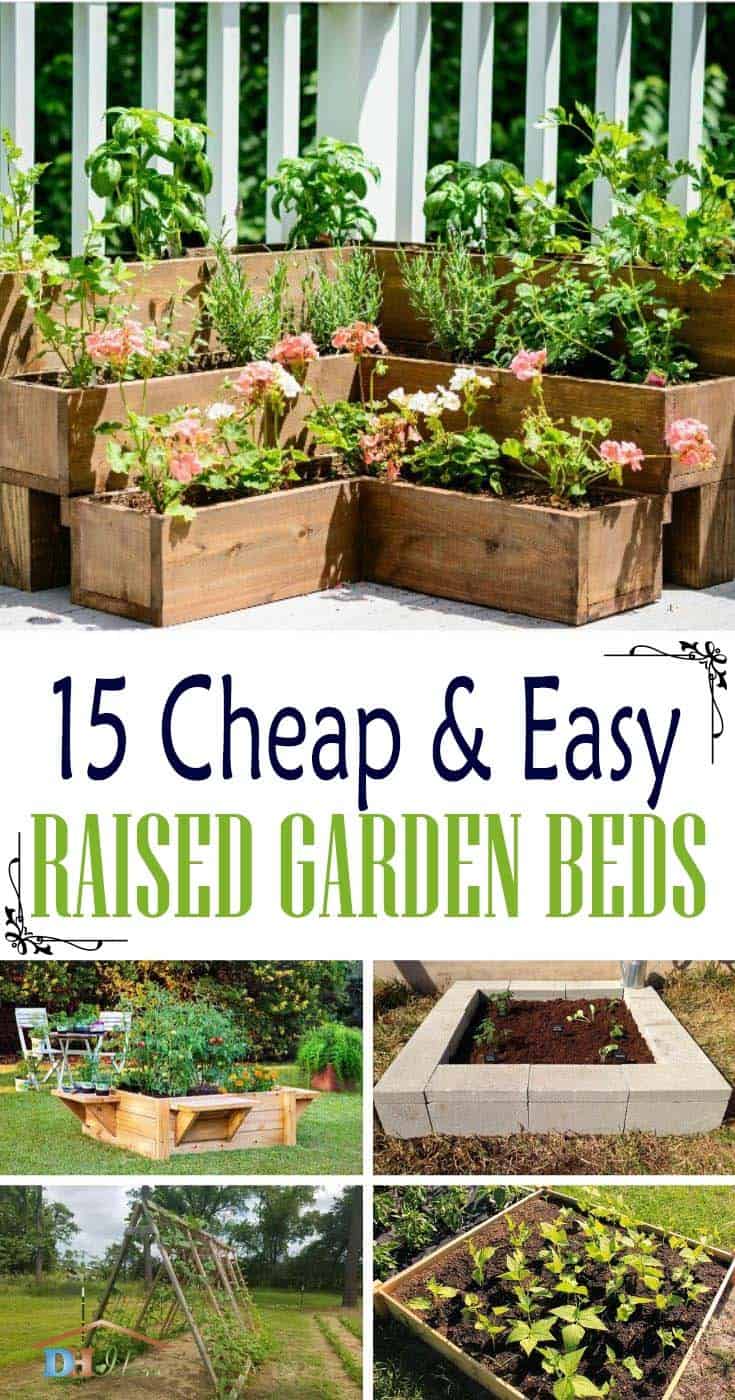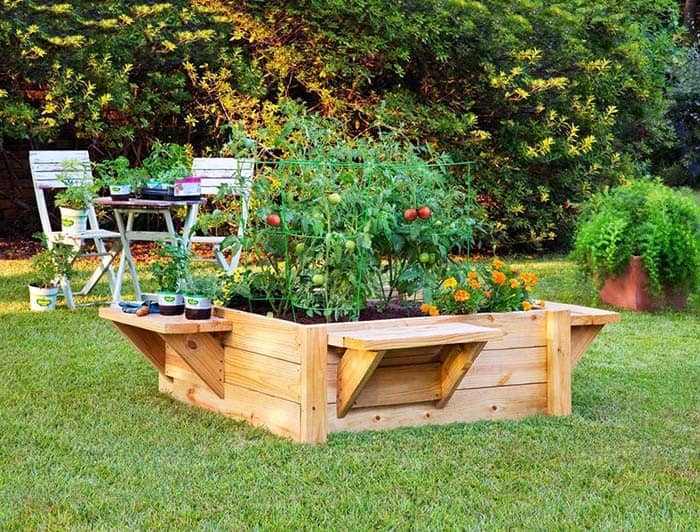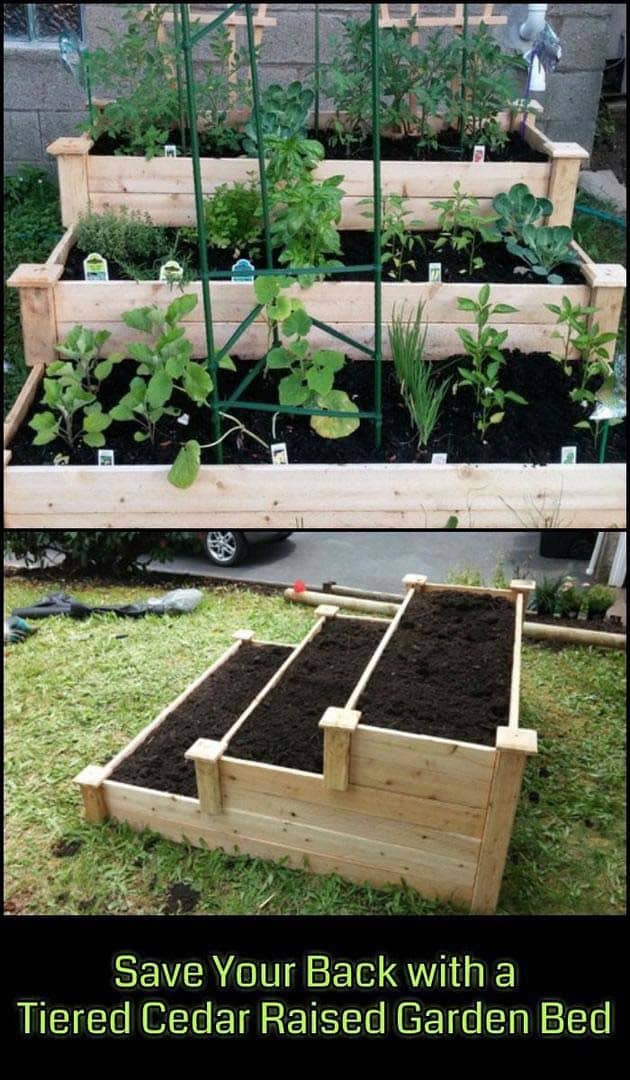For gardening enthusiasts, raised garden beds are a popular choice for cultivating a wide range of plants, vegetables, and herbs. The benefits extend beyond the reduced weed growth, as these elevated beds provide a controlled environment that allows roots to grow freely, unaffected by native soil conditions. Additionally, the elimination of bending over each time makes them an ideal option for those seeking a waist-friendly gardening experience.
With their versatility in design and ease of construction, raised bed gardens can seamlessly integrate into your existing yard landscape, becoming a beautiful and functional addition.
Grow Herbs and Vegetables in Self-Watering Containers
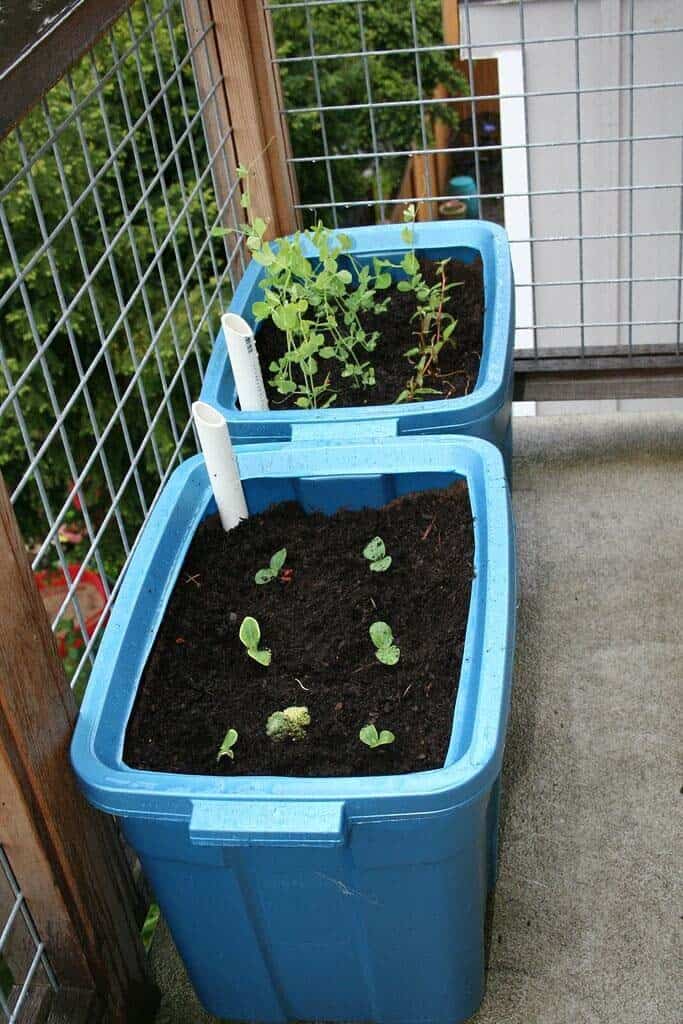
While apartment dwellers often think they’re out of luck when it comes to gardening, there are creative ways to bring some greenery into their lives. One innovative solution is self-watering containers that can be used to grow a variety of plants, from vegetables and herbs to flowers from seeds. These clever planters feature a 2-compartment design, with the bottom portion serving as a water reservoir that ensures plants receive the right amount of hydration.
Simply fill the top compartment with soil, and your plants will thrive. The Garden Tower Project is a great resource for those looking to take their vertical gardening game to the next level, while self-watering containers can be found at stores like Tiny Haus.
Build a Raised Garden Bed with Cinder Blocks
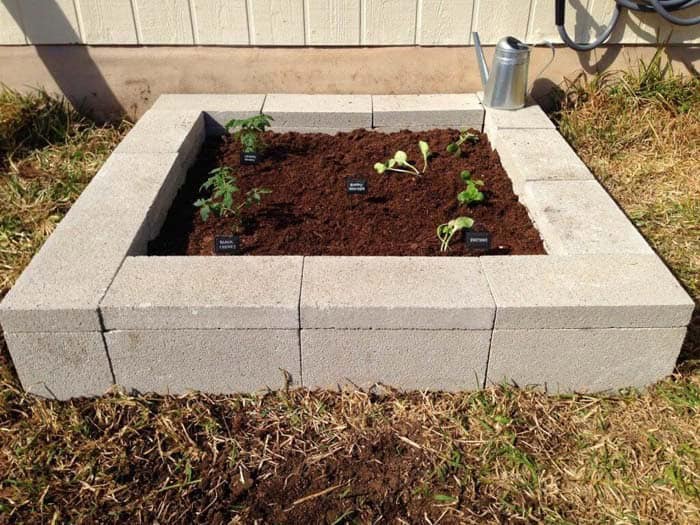
To cultivate a thriving vegetable garden, start by preparing the ground beneath your raised bed. This involves leveling and clearing the area of any weeds or debris. Next, arrange the cinder blocks in the desired shape, ensuring they are securely placed to support the weight of soil and vegetation. Once the blocks are in place, seal them with a layer of QuickCrete concrete to create a sturdy foundation.
Finally, fill the bed with your chosen soil and plant your vegetables, giving them the space to grow and flourish.
Raised Garden Beds with Galvanized Corrugated Metal
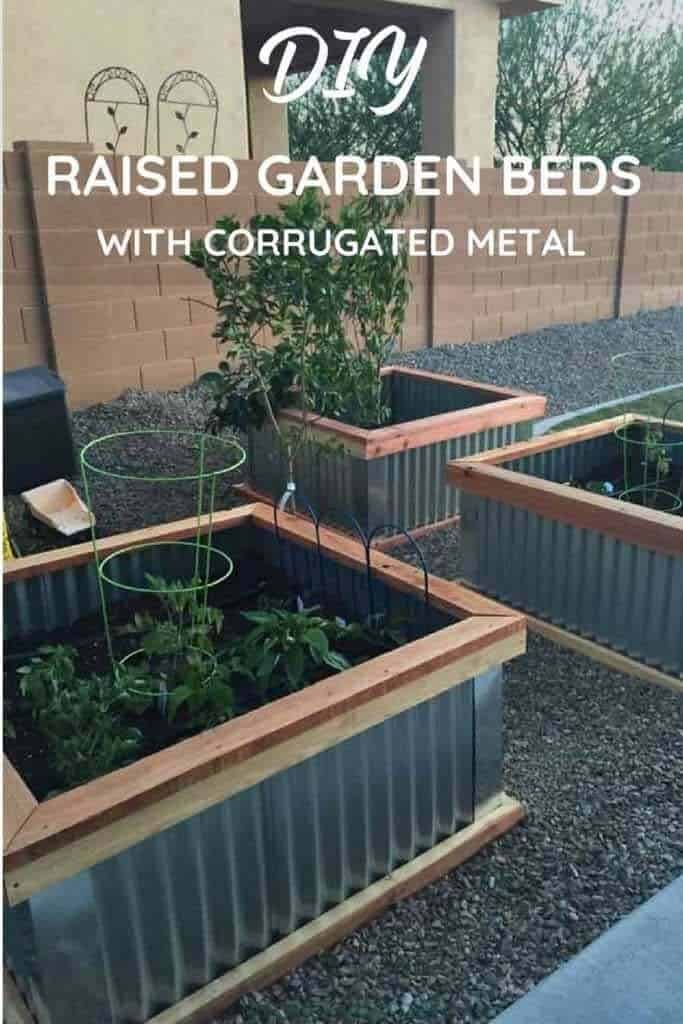
Corrugated metal sheets, galvanized for durability, can be employed to craft charming raised garden beds. The treated surface ensures that environmental conditions won’t compromise their integrity. Aesthetically pleasing, the boxes are elevated by redwood frames at both the top and bottom, serving a dual purpose: safeguarding users from sharp edges while also providing a cozy seating area for relaxation.
Use a Cedar Board Cascade Raised Bed
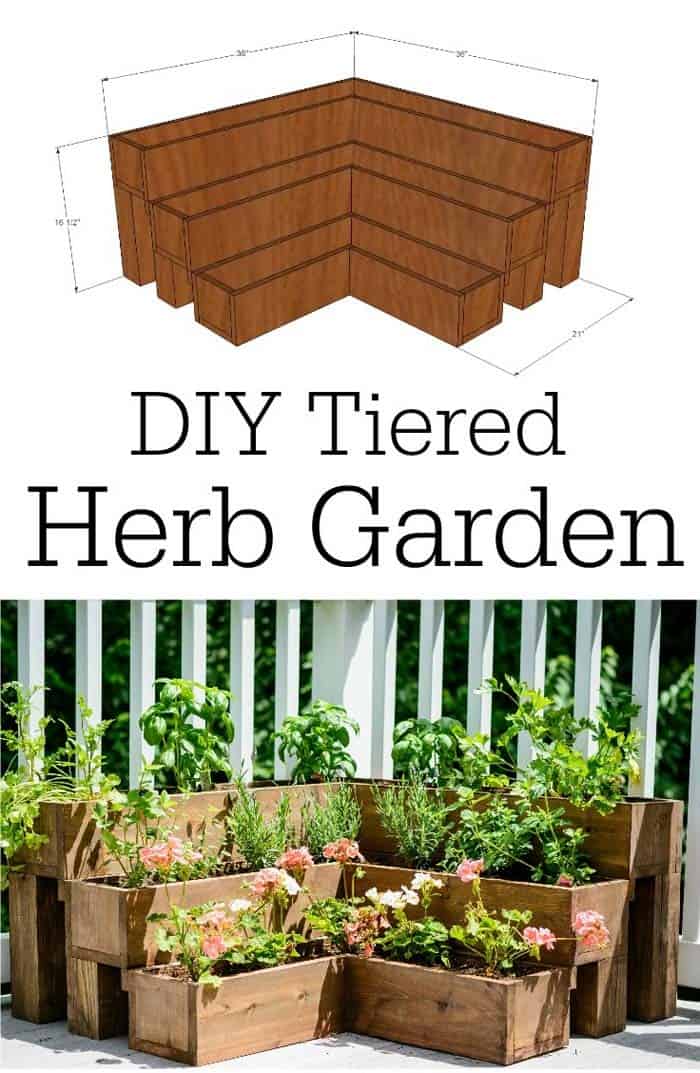
Transforming small outdoor spaces into thriving herb gardens has never been easier! This compact and versatile design is perfect for decks, patios, or even corner areas that would otherwise go unused. Crafted from durable cedar boards, the cascade-raised garden bed offers a stylish solution for herb enthusiasts of all skill levels. For an added touch of sustainability, consider repurposing reclaimed wood materials in good condition to create a unique and eco-friendly feature.
Create a Resilient Raised Garden Bed with Cedarwood
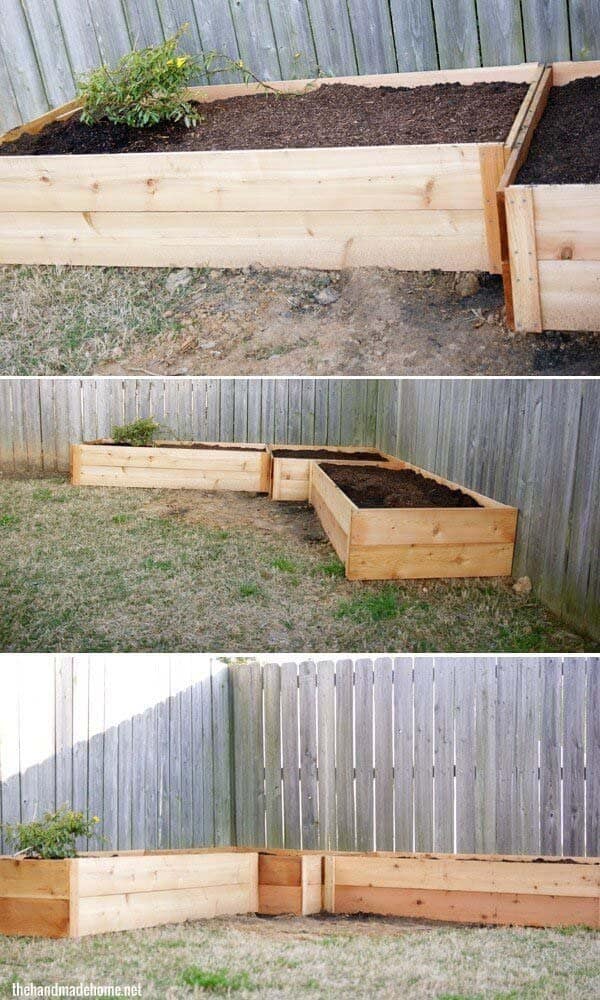
Cedar, a rot-resistant wood option, makes it an ideal choice for raised garden bed projects. Not only are these boxes easy to construct, but they’re also accessible to beginners of all skill levels. A notable advantage is that the separate sections can be arranged in a consistent order according to your yard’s available space, offering flexibility and customization.
Make an A-Frame Trellis for Climbing Plants
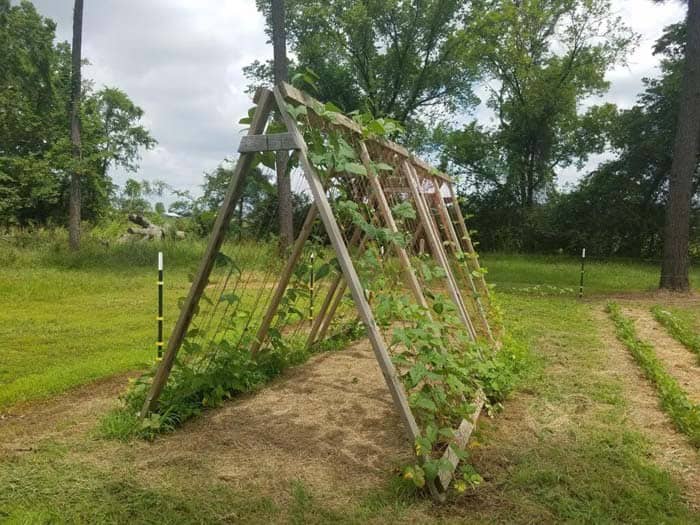
For vegetables that require support to grow optimally, a trellis is often the solution. Rather than settling for flimsy plastic wires found at most shops, you can create a sturdy and aesthetically pleasing alternative using lumber, screws, and basic tools. This DIY approach will yield a long-lasting and robust structure perfect for training your beans or cucumbers to climb, ultimately resulting in a more bountiful harvest.
Tall Planter for Easy Herb Gardening
This spacious planter is an excellent choice for decks or yards, catering particularly well to seniors who may struggle with bending or kneeling to tend to their herbs. Its generous size allows for the cultivation of multiple herb species, minimizing the need for tedious weeding and simplifying maintenance tasks.
Build a Redwood Raised Garden Bed
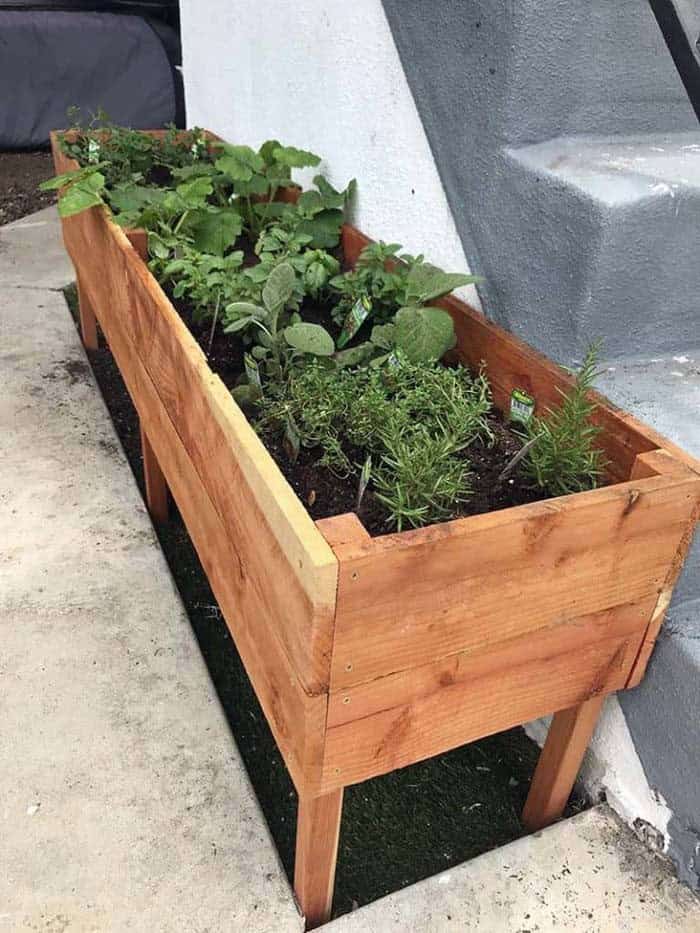
Crafting a stunning redwood raised garden bed, elevated by sturdy legs, can be a thrilling project. Here’s a step-by-step guide to help you create your own masterpiece. Start with the foundation: a planter box made of durable redwood wood, perfect for supporting lush greenery and vibrant blooms. To take it to the next level, add sleek legs that not only increase the bed’s height but also enhance its overall aesthetic appeal.
The result is a beautiful, functional, and Instagram-worthy gardening space that’s sure to impress. Follow the simple yet thoughtful design principles outlined below to bring your vision to life.
Maximize Space with a Cascade-Raised Garden Bed
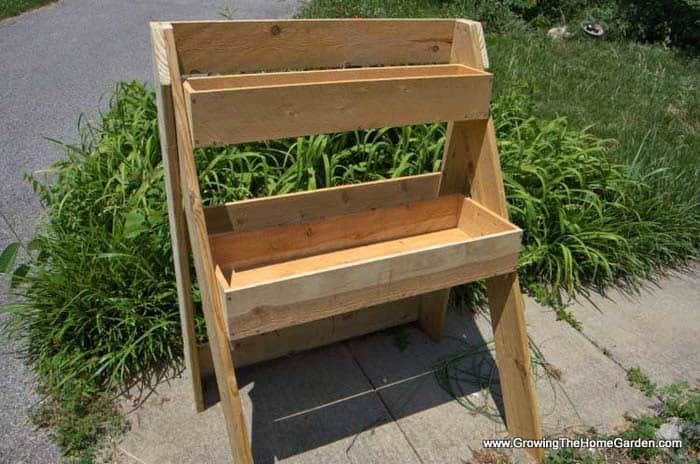
In compact spaces, maximizing vertical space can be the key to cultivating a thriving garden. This innovative ladder-like raised garden bed design takes advantage of this concept, offering ample room for planting in an upwards direction. Whether you’re growing vegetables, herbs, or flowers, this unique cascade-raised bed will provide a visually stunning and productive way to utilize your small space.
Incorporate Built-In Benches in Your Raised Bed
When it comes to gardening, comfort is just as crucial as the plants themselves. The raised bed in question is impressively spacious, capable of supporting a multitude of greenery. But its practicality doesn’t stop there. Strategically placed benches on either side provide ample seating for tired gardeners, while also serving as convenient storage compartments for temporary tools.
This sturdy structure is built to withstand the test of time, making it a worthwhile investment that can be assembled with ease by following the instructions linked below.
Reclaim Pallets to Create Beautiful Raised Beds
Wood pallets have once again demonstrated their versatility by being repurposed into functional gardening elements. By transforming reclaimed pallet pieces into horizontal raised beds or trellises, homeowners can create a well-organized and visually appealing outdoor space in any garden, yard, rooftop, or apartment terrace.
Raised Garden Bed with Trellis Inserts
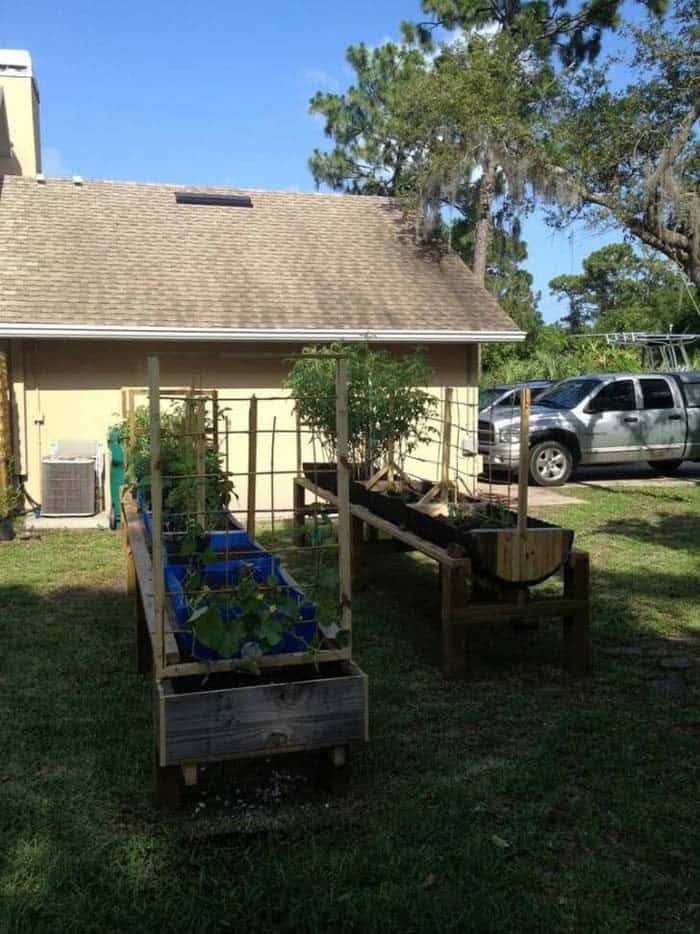
The raised garden bed, constructed from plastic drums cut in half, offers a significant advantage for gardening enthusiasts. The elevated design provides ample support for plants, making it easier to tend to them. To further enhance its versatility, the bed features built-in trellises in various sections, allowing users to grow an assortment of vines, vegetables, and herbs in harmony.
Build Simple Cedar Raised Garden Boxes
For those looking to create a DIY raised garden bed, an alternative option can be found on the link provided. This design features boxes without bottoms, requiring some preparation of the ground beforehand to ensure it’s suitable for planting. By doing so, you’ll be able to accommodate plants that thrive in this type of environment. You can find more information on how to achieve this by visiting the 33 Shades Of Green website.
Construct Simple Raised Garden Beds
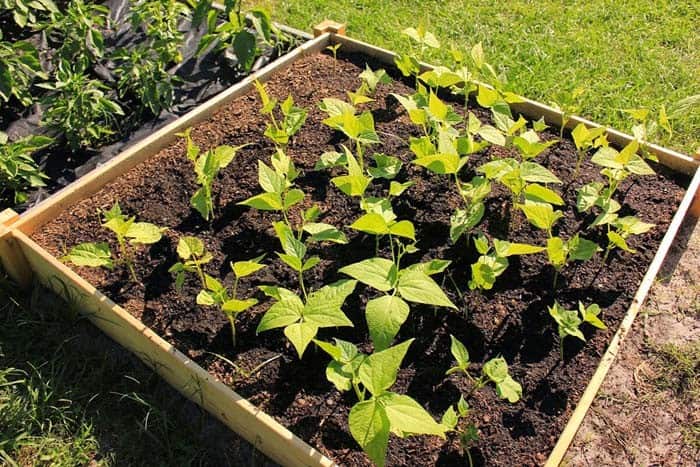
If you’re on the hunt for an affordable raised garden box solution, consider assembling your own using readily available materials. The benefits of a DIY approach include customization to suit your specific needs, cost-effectiveness, and the opportunity to involve family or friends in the process.
Upcycle Crates to Make Your Raised Garden Beds
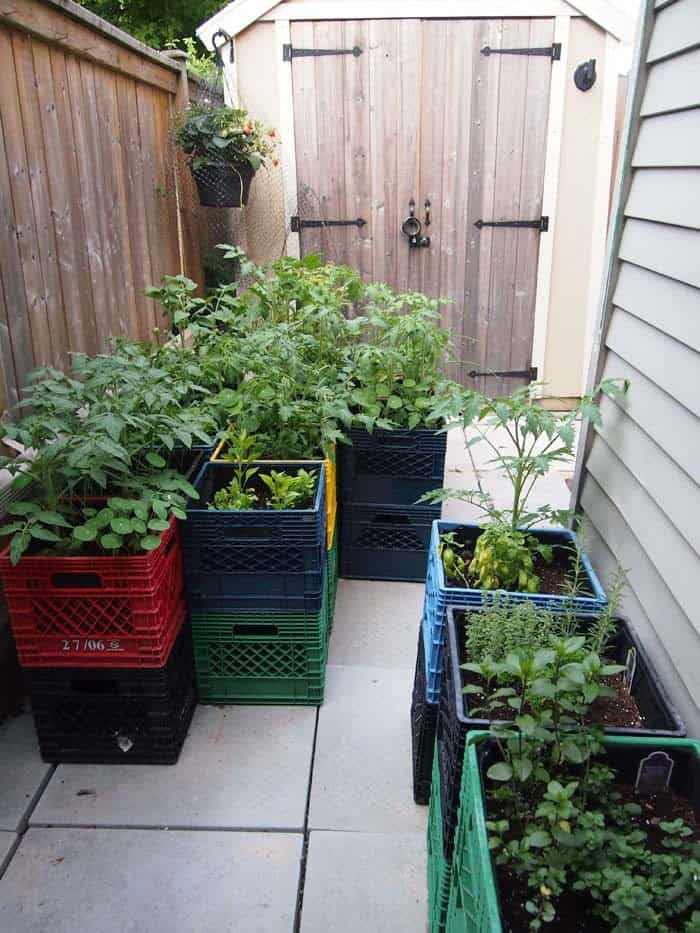
When it comes to creative reuse, upcycled materials can also be leveraged to craft or repurpose into a raised garden bed. A clever example of this is stacking milk crates to create a unique planter. The top crate serves as a vessel for soil and plants, while the liner inside each container prevents the dirt from spilling over. This eco-friendly approach not only reduces waste but also adds a touch of personality to any outdoor space.
Create a Raised Garden with Rustic Crates
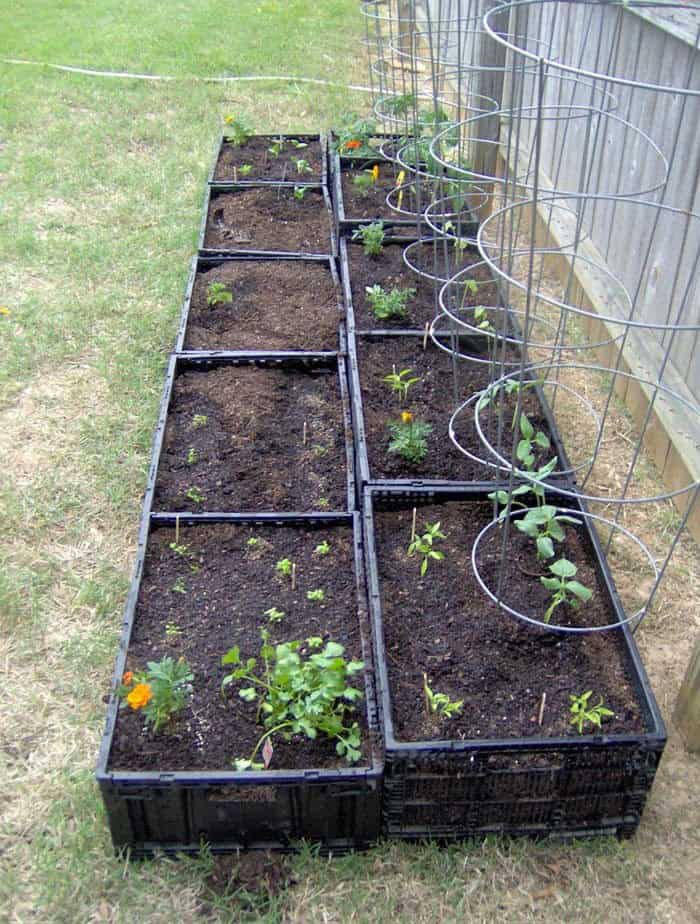
When using crates for gardening, another creative approach is to stack them together to form a square foot raised bed. As your plants grow, you can add trellises as needed to provide support and structure. One of the biggest advantages of this method is that the crates are mobile, allowing you to easily relocate them if your plants require a change in environment or if you want to create a new arrangement. This flexibility makes it simple to adapt your garden layout to suit changing needs.
Three-Tier Cedar Raised Garden Bed for Plant Variety
A multi-functional gardening solution, the tiered raised bed allows for the simultaneous cultivation of various plant species within a single structure. Comprising three distinct cedar lumber boxes of varying widths, this innovative design enables gardeners to create separate growing compartments, perfect for experimenting with different plant combinations or optimizing space.
Brighten Your Garden with a Vibrant Yellow Raised Bed
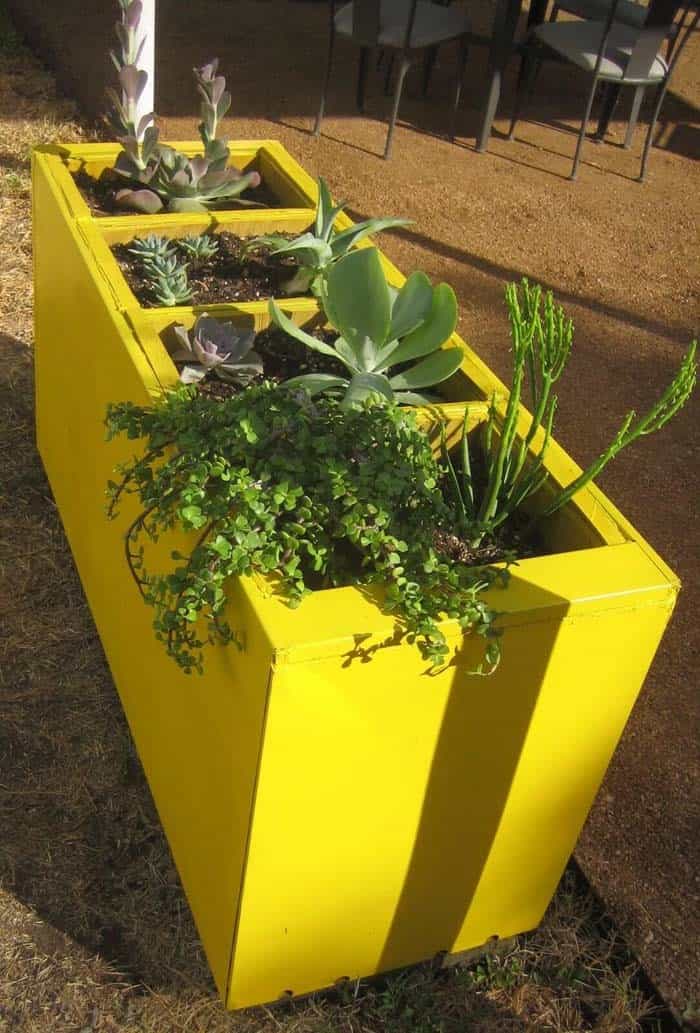
This remarkable raised garden bed features a unique design, comprising a large wooden box with a smaller box nestled inside. The standout aspect of this planter is its bold and vibrant yellow hue, which provides an attractive contrast to the lush green foliage of the plants being cultivated. For those looking to create their own miniature herb or succulent gardens, replicating this sunny color scheme could be a great way to add visual appeal to your outdoor space.
